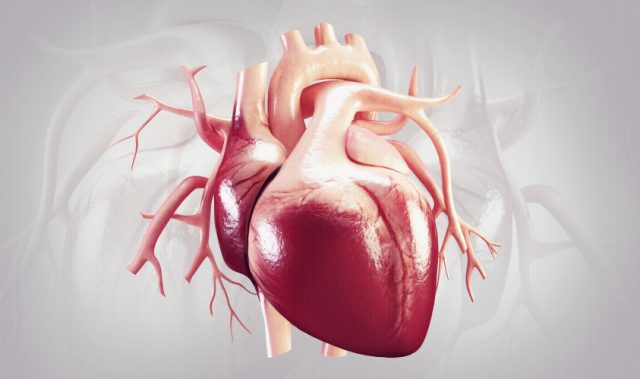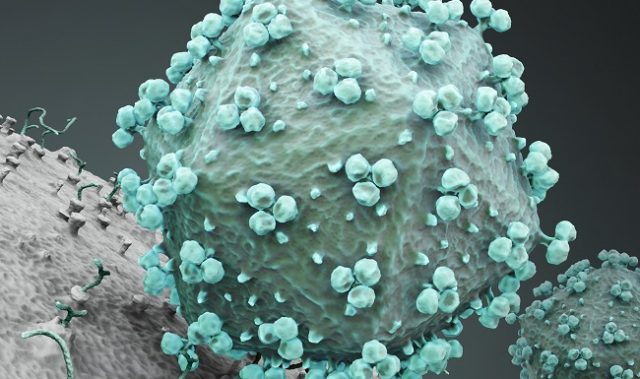
AsianScientist (Mar. 12, 2015) – Research published in Nature Communications has uncovered how the metal cadmium, which is accumulating in the food chain, causes toxicity in living cells.
Cadmium is an important metal for a range of electronics industries and is used widely in nickel-cadmium batteries. Cadmium from industrial waste can leach back into soil and water and isn’t degraded. Global cadmium production has risen by more than one thousand-fold since the beginning of the 20th century to approximately 20,000 tons per year. It is estimated that humans ingest up to 30 micrograms every day.
“Cadmium is a very important industrial metal, but exposure to it results in accumulation in the food chain, leading to toxicity in animals and humans,” says project leader Dr. Christopher McDevitt, Senior Research Fellow and Deputy Director of the University’s Research Centre for Infectious Diseases.
“Exposure to cadmium can occur due to poor disposal of industrial or electronics waste, and also through cigarette smoke and ingestion of contaminated food. While the toxicity of cadmium has been known for a long time, how it causes toxicity and damages cells hasn’t been understood.”
McDevitt and the team of researchers including PhD student Stephanie Begg, who conducted the research, are investigating how the disease-causing bacteria Streptococcus pneumoniae is able to scavenge essential metals during infection, and how this might be blocked to prevent disease.
“We’ve shown, in a model bacterial system, that the chemistry of cadmium allows it to bypass the mechanisms that prevent other metals, such as iron and zinc, from freely entering cells. Once inside the cell, cadmium inserts itself into the cell’s metal sensing machinery causing it to malfunction and pump out the wrong metal ions while still bringing in more cadmium. This ultimately leads to death of the cell.”
“Cadmium isn’t used in biological systems (with one rare exception) which means that cells haven’t evolved ways to deal with this metal when they encounter it,” says McDevitt. “Our findings here open the way for developing new therapies for preventing cadmium toxicity.”
The article can be found at: Begg et al. (2015) Dysregulation of Transition Metal Ion Homeostasis is the Molecular Basis for Cadmium Toxicity in Streptococcus pneumoniae.
———
Source: University of Adelaide; Photo: John R. Southern/Flickr/CC.
Disclaimer: This article does not necessarily reflect the views of AsianScientist or its staff.












